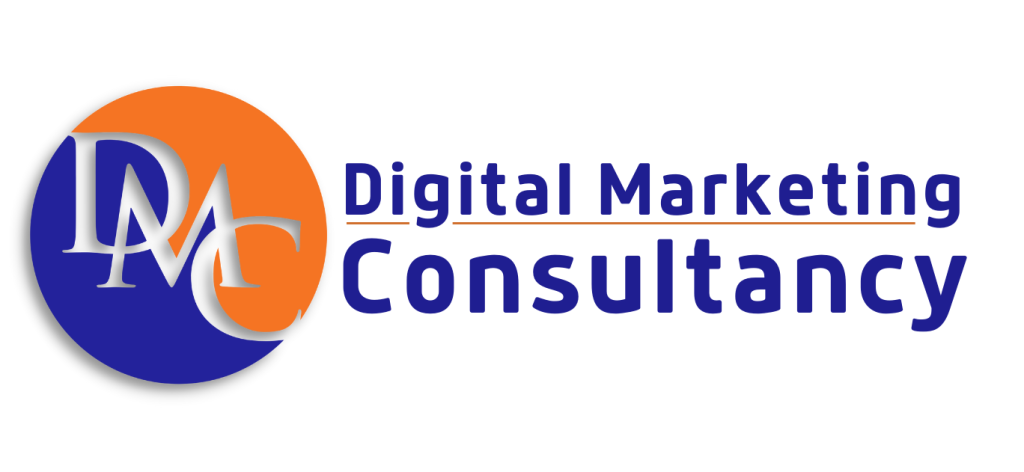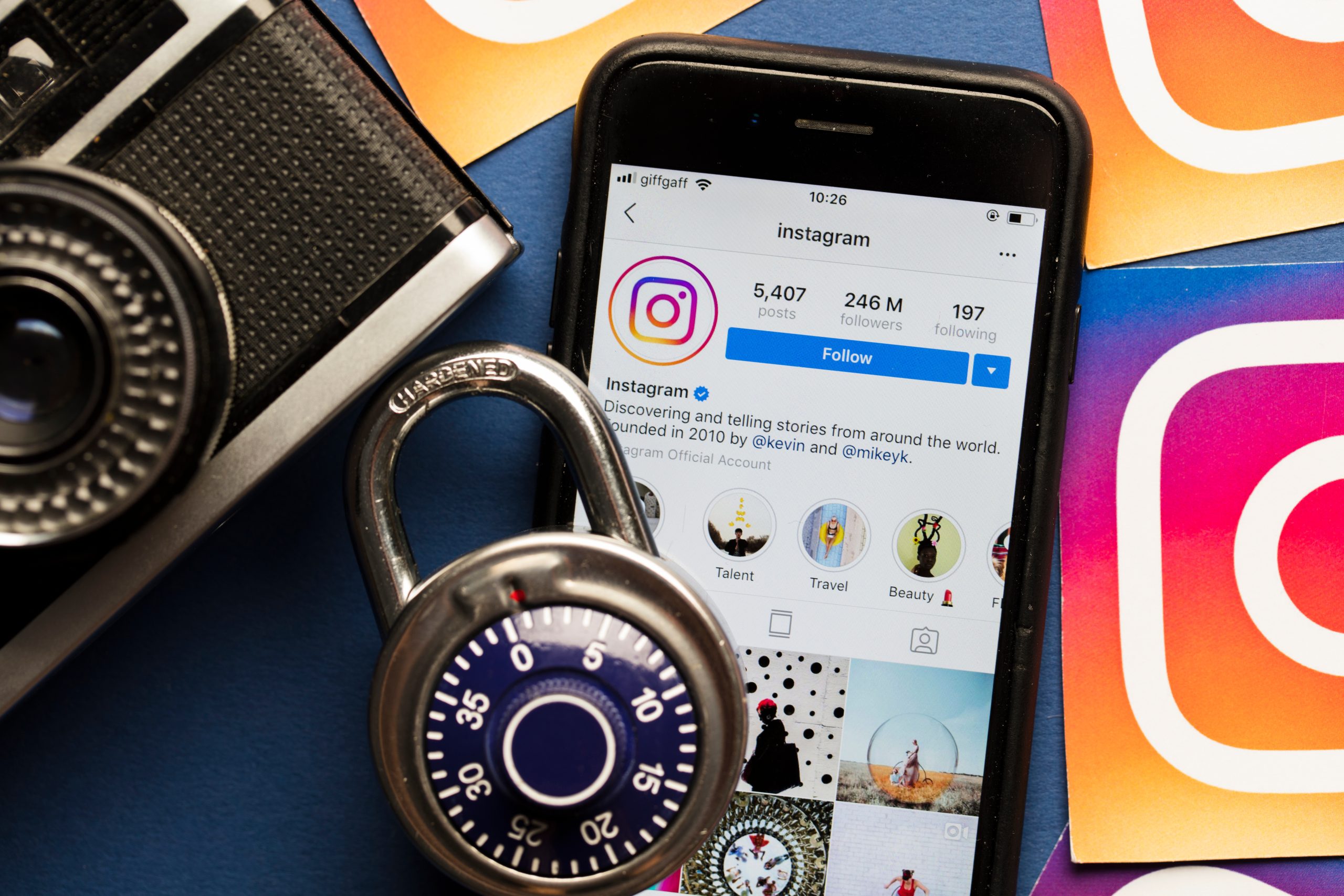In today’s interconnected world, social media platforms like Instagram, Facebook, and Twitter have become integral to our lives. However, they also attract cyber threats that can compromise our accounts. In this blog post, we will explore proactive steps you can take to prevent your social media accounts from being hacked, empowering you to maintain a secure online presence.

Steps to prevent your social media accounts from being hacked:
- Create Strong and Unique Passwords: Build a solid foundation for account security by creating strong and unique passwords. Avoid predictable choices like birthdays or common words. Instead, combine uppercase and lowercase letters, numbers, and special characters. Consider using password managers to generate and securely store complex passwords.
- Enable Two-Factor Authentication (2FA): Add an extra layer of protection to your social media accounts with two-factor authentication (2FA). By linking your account to a secondary verification method, such as text messages, emails, or authenticator apps, you ensure that unauthorized individuals cannot access your account without the additional authentication step.
- Stay Vigilant against Phishing Attempts: Remain cautious of phishing attacks, a common tactic used by hackers to trick users into revealing their login credentials. Be skeptical of suspicious emails, messages, or links that request your account information. Legitimate platforms never ask for passwords via email or direct messages. Always verify the authenticity of the source before sharing sensitive information.
- Regularly Update Your App and Phone: Ensure the security of your social media apps and devices by keeping them up to date. Developers frequently release security patches to address vulnerabilities. Enable automatic updates to stay protected against the latest threats. This applies to both your operating system and social media applications.
- Take Control of Your Privacy Settings: Exercise control over your online privacy by reviewing and adjusting your social media account settings. Limit the visibility of your personal information, posts, and photos to trusted connections. Avoid publicly sharing sensitive details, such as your address or phone number, as hackers can exploit this information.
- Exercise Caution with Third-Party Applications: While third-party applications may offer additional features or insights into your social media accounts, they can also pose security risks. Be cautious when granting access to your accounts and ensure that these applications are reputable and trustworthy. Regularly review and revoke access for applications you no longer use or recognize.
- Educate Yourself on Security Best Practices: Stay informed about the latest security threats and best practices. Follow reputable cybersecurity sources and the official accounts of social media platforms for updates on emerging threats and recommended security measures. By staying knowledgeable, you can adapt and protect yourself against evolving hacking techniques.
Conclusion:
Take charge of your social media account security by implementing proactive measures to prevent hacking. By creating strong passwords, enabling two-factor authentication, remaining vigilant against phishing attempts, keeping your software up to date, reviewing privacy settings, exercising caution with third-party applications, and staying informed, you can significantly reduce the risk of your accounts being compromised. Empower yourself to enjoy a safer and more secure social media experience while protecting your digital identity and personal information.


